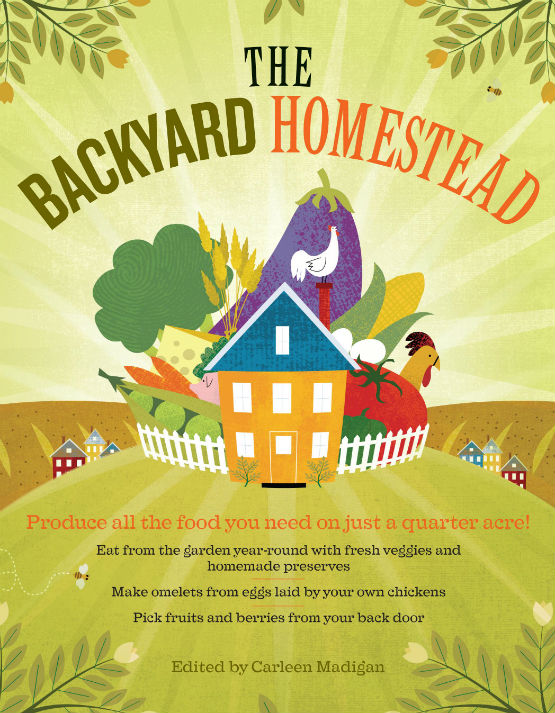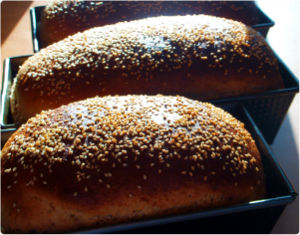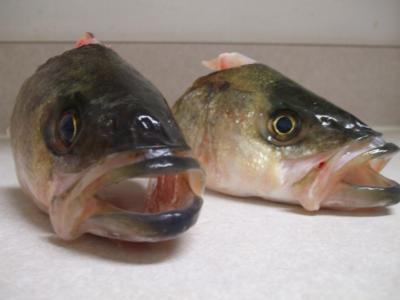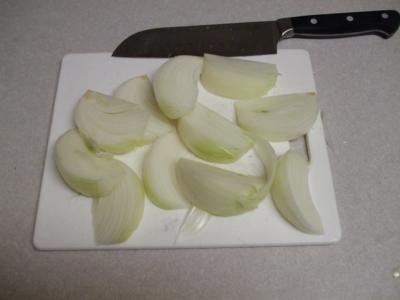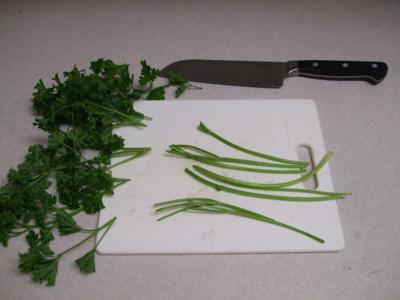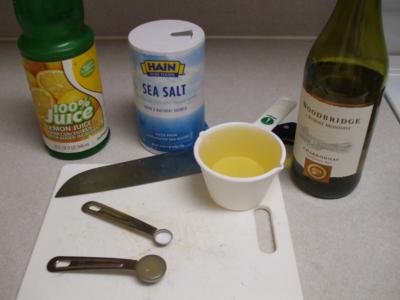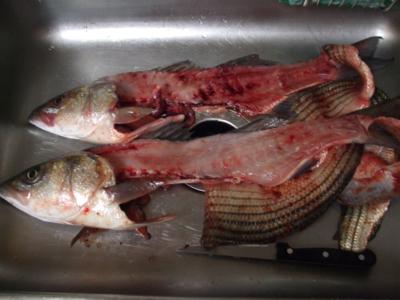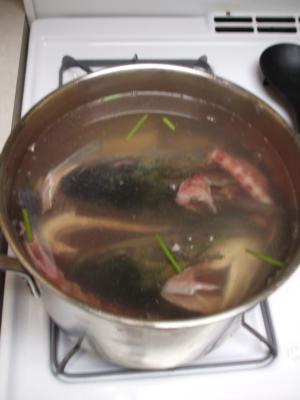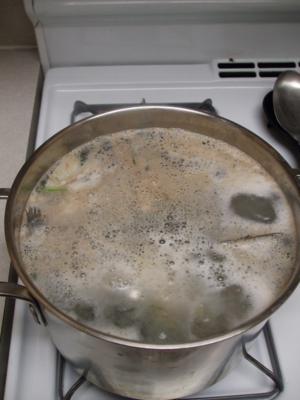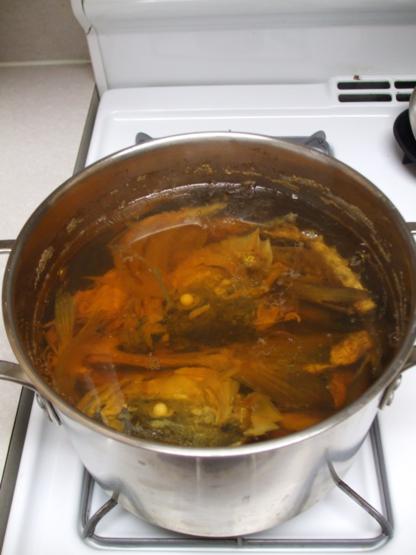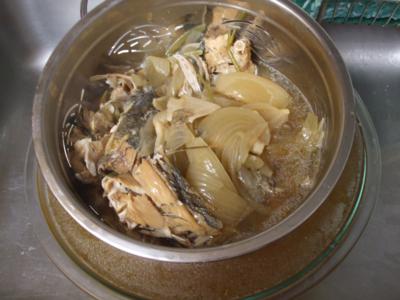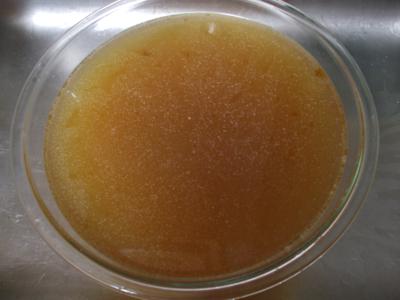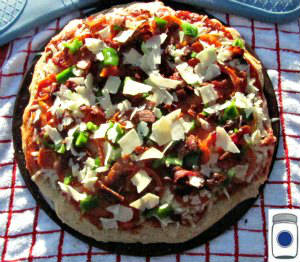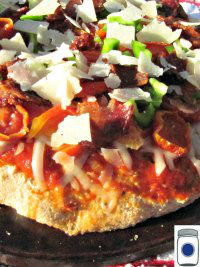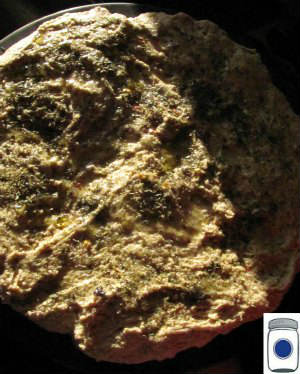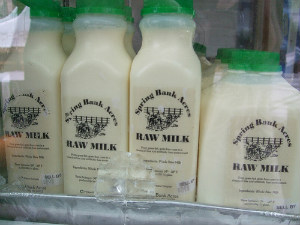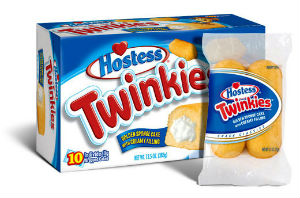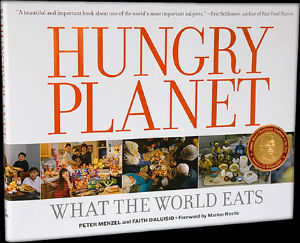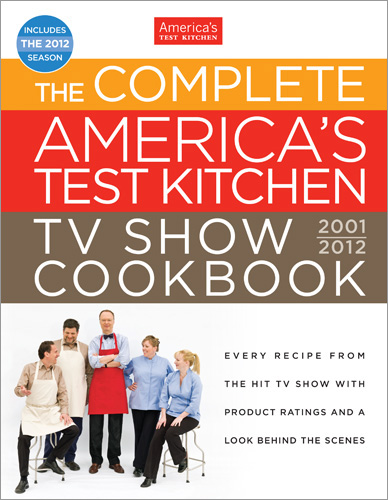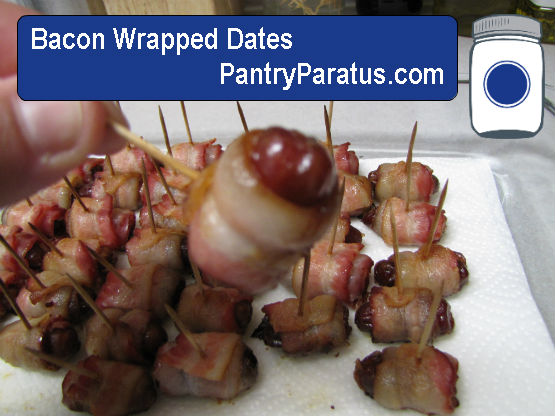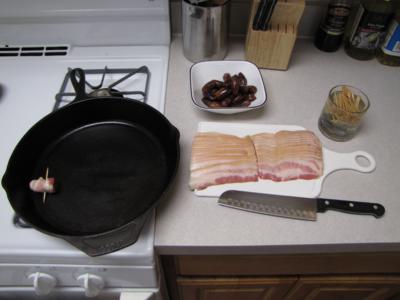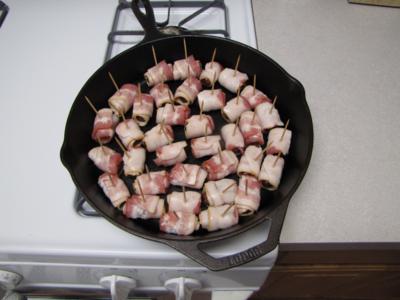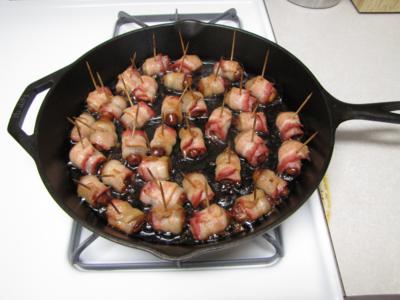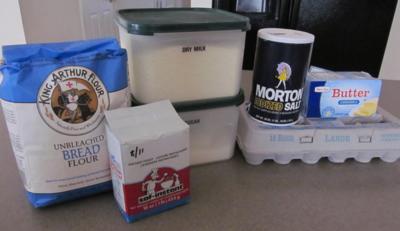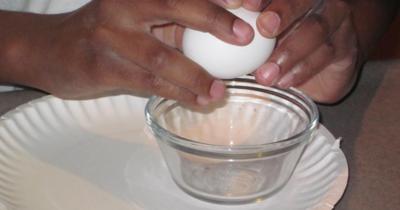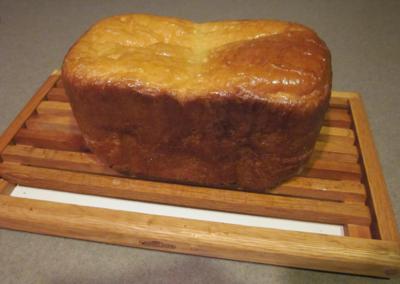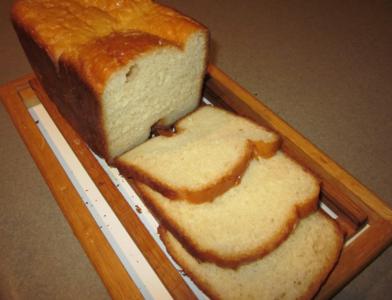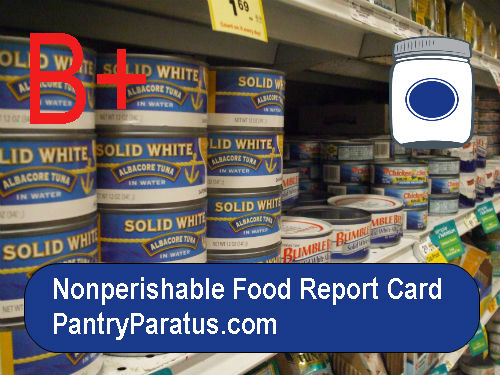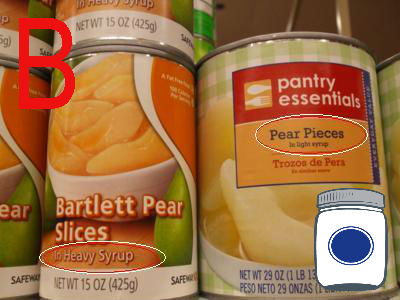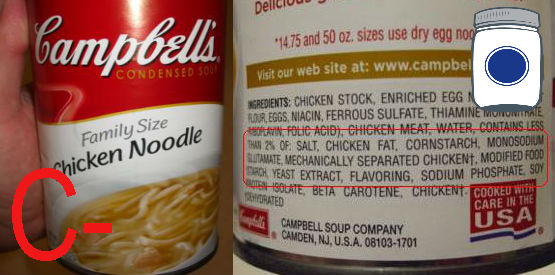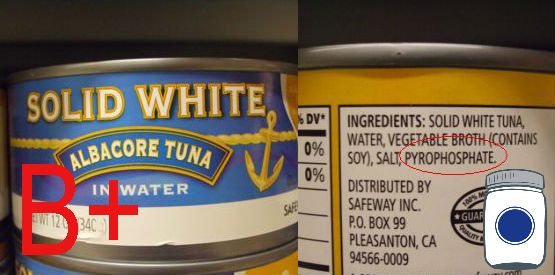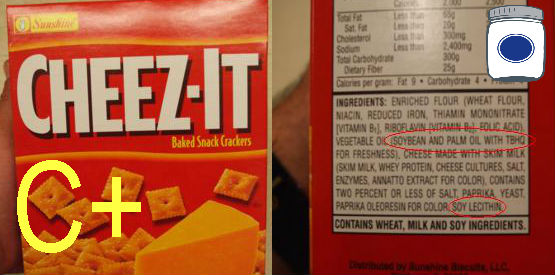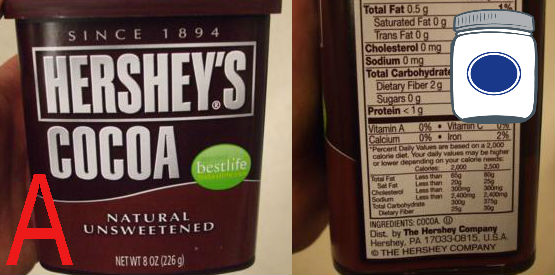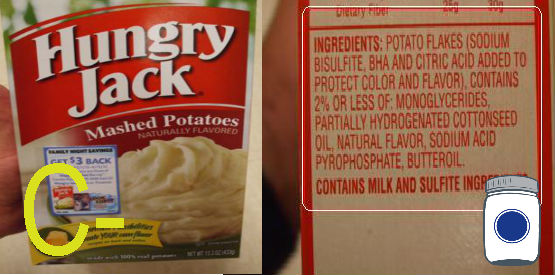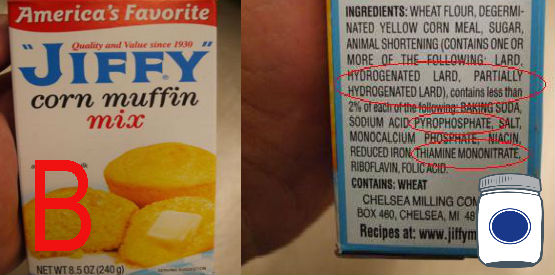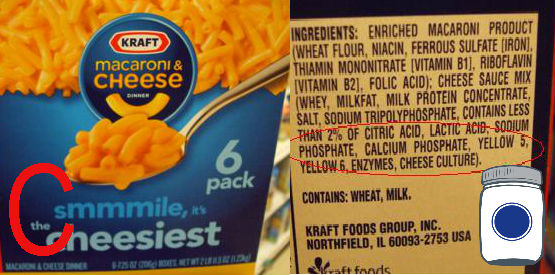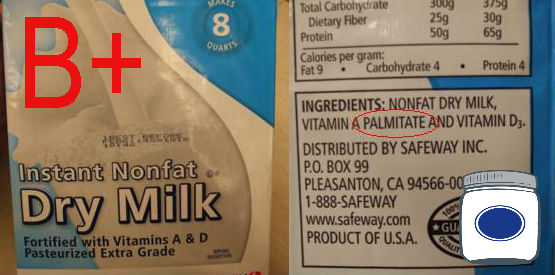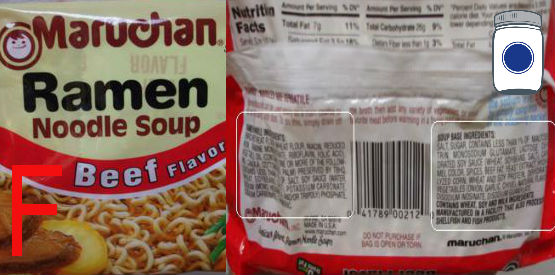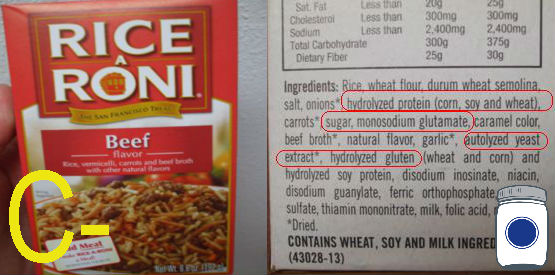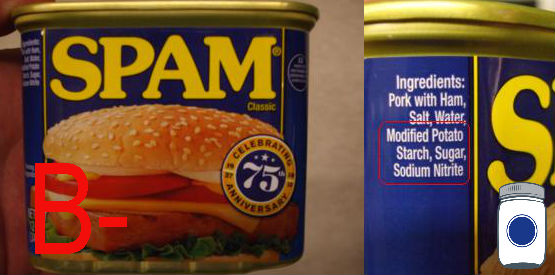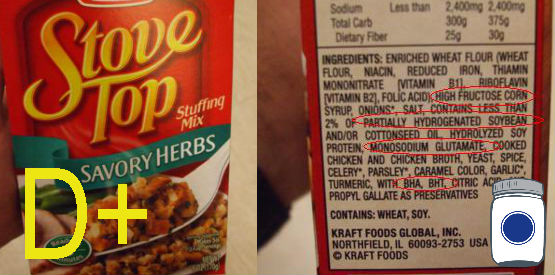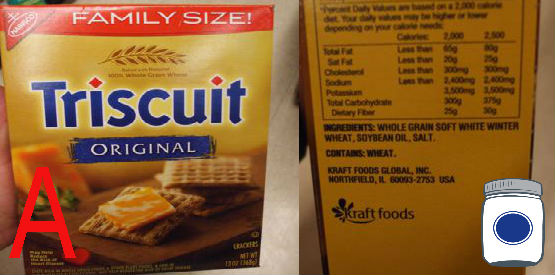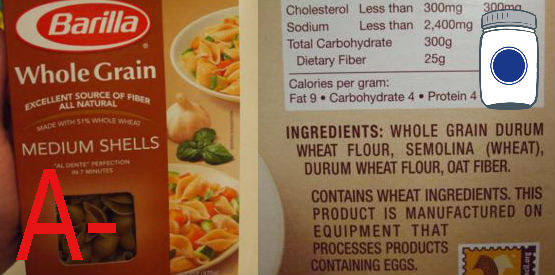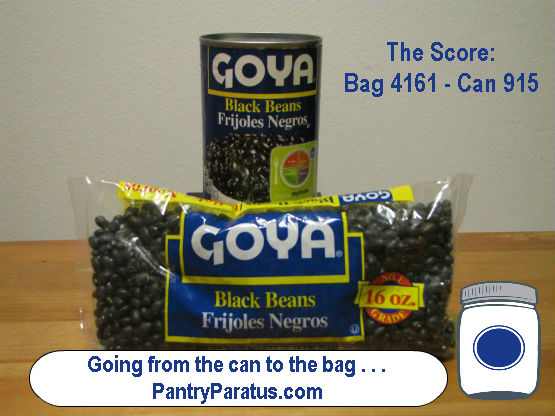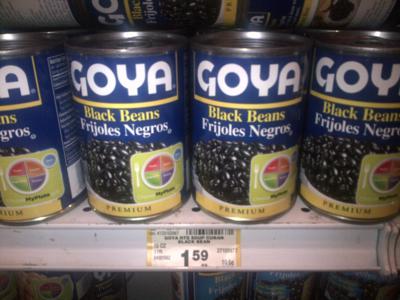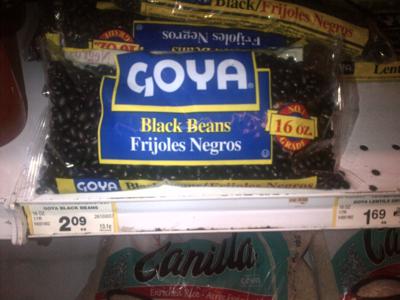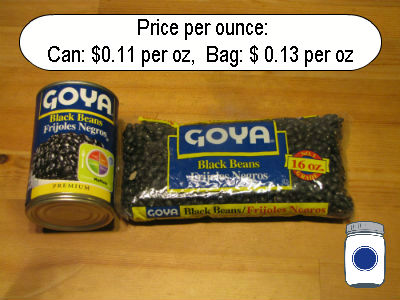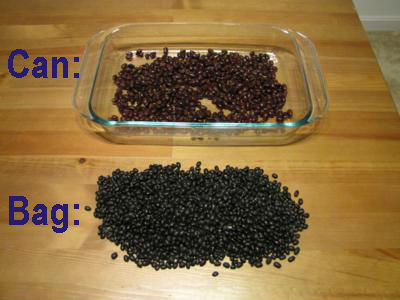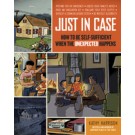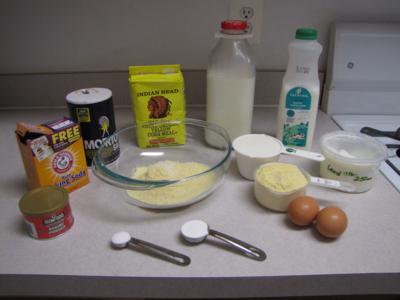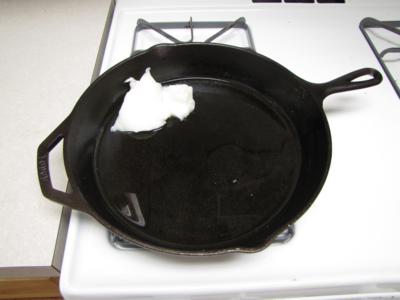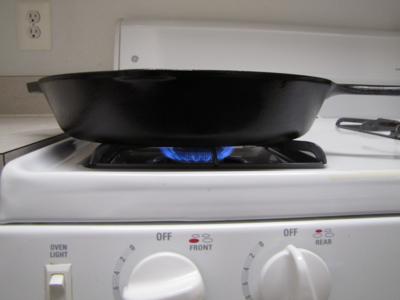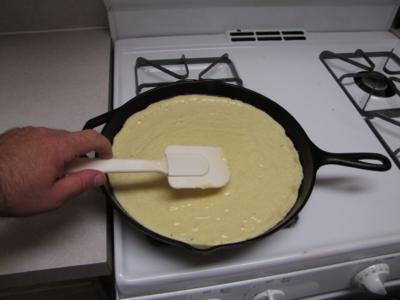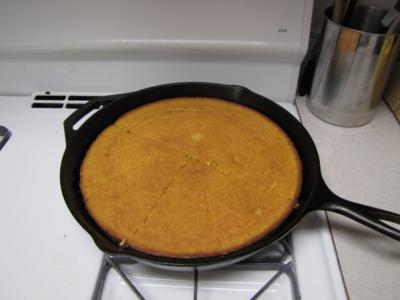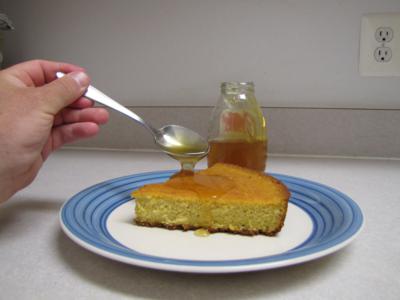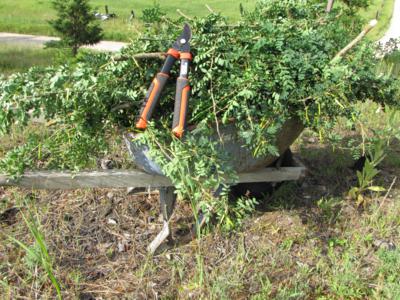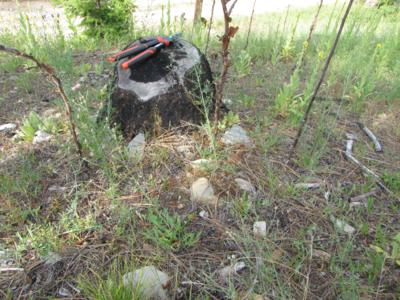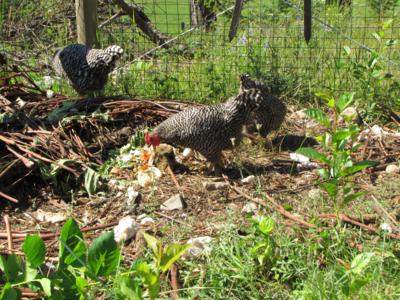Pre-storm Shopping List
Some of the items often overlooked you do not have to refrigerate– and other useful supplies
Look for nature to flex its muscles from time to time. This past week was such an event when Hurricane Sandy hit the Eastern Seaboard of the US. When this happens, the topic of a pre-storm shopping list is on just about everyone’s mind. Generally there is a clamoring for bottled water, toilet paper and flash lights as can be evidenced by these photos below:

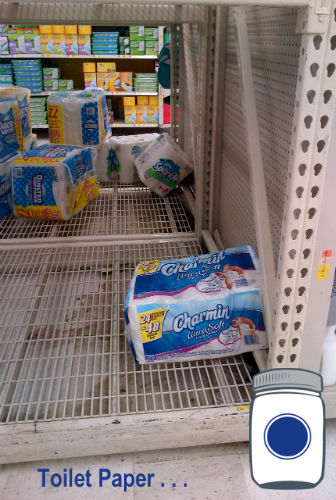

While people may not realize the limitations of a “just in time” delivery system in their store from day to day, everyone generally understands what a storm means to any distribution system—no trucks equals no stuff on the shelves. On a normal day, if you pick up the last jar of apple sauce the truck is probably just rolling to a stop behind the store with more…it is literally “just in time.” What you see is the entire stock of apple sauce that store has to sell. That being said, the typical store’s supply of food is measured in days. During the few days before a storm hits, people tend to be much keener on the next few days’ or even a week’s food supply. The industry calculates this resupply rate on the current American habit to shop every few days.
Note: We hope that these pictures encourage you to start your preparations now, with no looming emergency. I am not suggesting that the items below are ideal, only that they are functional in an emergency and may still be on the shelf as these items tend to be overlooked.
I had a friend living near DC go to America’s favorite place to shop on a photo mission for me on Monday morning (the day the storm hit) looking for items often overlooked in a hurried shopping trip before bad weather. Some of them may surprise you:
Bleach: Not to eat, but if you had to purify water in the absence of a Berkey Water filter, then you could add some bleach to the water to chemically purify it. This will not help the taste one bit if you are getting water from say a bath tub, but it will make it so that it will not hurt you. About half a cap full to a cap full per gallon should make the water potable. Additional time to let that chlorine evaporate will help some . . . but it is still going to taste horrible.

Canning supplies: Not that your pre-storm shopping list is going to include canning supplies, it just made me sad to see this picture of old school technology just sitting there unused when those jars could be holding perfectly good food from a garden or farmer’s market up on someone’s shelf making them very prepared indeed.

Chocolate: It should rightfully be its own food group, I agree. However this treat eaten in moderation any other day can actually keep for a long time without refrigeration. Be sure to check the ingredients label, not all chocolates are equal.

Fig Newtons: We are talking about food to keep you alive that does not need to be refrigerated right? Fig newtons in my opinion are barely on the healthy side of empty calories. Actually their only redeeming quality are the figs inside. The ingredient list should clue you in: UNBLEACHED ENRICHED FLOUR, FIGS, HIGH FRUCTOSE CORN SYRUP, CORN SYRUP, SUGAR, SOYBEAN OIL . . .

Fresh produce: I am already in the habit of dehydrating food routinely in our house with my trusty Excalibur dehydrator. Dehydrating fresh produce will preserve it long term if done before the power goes out ahead of time. Even if you did not, the produce can last on the counter top unrefrigerated—how would I know that? Produce shipped to the store has been selected to look nice, not taste nice so it has to last a long time.
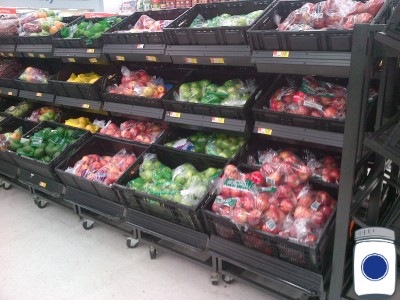
Honey: These wonderful calories from nature with built in immune system boosters should make their way into the shopping basket for this storm anyway. If you are not typically a honey consumer, do not worry– the honey will still be good for the next storm. It will last a long time just the way the bees make it.

Pet food: Not for you to eat, but do not forget that your pets need to eat even during a storm or bad weather situation. There was still plenty of pet food on the shelf the day the storm hit.

Protein powder: Not in any way good for you as a daily part of your diet. In fact Sally Fallon Morell spoke to us about the evils of protein powder in a podcast recently. However, you are looking at hundreds of thousands of calories sitting right here in a very stable manner on this shelf. Definitely not something you want to try out in big quantities if your system is not used to it, but it will provide a lot of calories in a small quantity and it will get you through the storm and its aftermath.

Soap: So the store’s stock of toilet paper ran out? Well, Plan B may be as simple as soap-lots of it. Besides, you will likely have plenty of cleaning up to do. But since toilet paper is a nonperishable anyway, go ahead and stock up pre-storm!


Vitamins: Can keep you healthy when you are under stress—still plenty of them here on the shelf. We tend to gravitate towards the more natural items in this section, like essential oils. Try lavender and chamomile for stress!

Non-Food stuff items often overlooked:
Duct tape: While the normal duct tape was likely out, this still qualifies in the academic definition of duct tape. It would have to be the end of the world as I knew it to use this particular duct tape pictured here, but in an emergency it will certainly do the job no matter how many cool points a guy would lose with his buddies afterwards.

Hand tools: Not very yummy, but something that may help you pick up the pieces or secure items before the wind takes them away. Power tools need power by necessity, so have some good hand tools on stand by.


Here are a few other items that I thought of that were not captured in photos:
Eggs: In Europe it is not unusual to see eggs sitting on a store aisle’s end cap like you would find Fig Newtons when the go on sale. That is because this great source of protein will last for up to a week when fresh even in warmer weather, they will also be fine on your counter for a few days—especially if you coat them in oil (thanks facebook follower for the tip!). You can always test them in a glass of water. If they float, they have already desiccated and the air bubble inside is an indicator that they are not good anymore.
Hard Cheeses and salt cured meat: Before the days of refrigeration, people actually did not starve. Hard cheeses (dipped in wax) will be fine on the counter as well as summer sausage or pepperoni sticks. You will be surprised at how many people overlook these on their way to clamor over the last value added can of nasty ravioli in orange sauce.
Devotional candles: These are often found in the ethnic aisle of the grocery store. They are inexpensive and burn for a long time. While you are there, pick up a bulk bag of rice, beans and/or lentils. Also, if you cannot find matches by the part of the store that sells candles, check the area by the barbeque grills or the camping section. A multi-pack of lighters is “cheap insurance” as my Dad used to say.
This empty spot on the rack was for hand cranked can openers . . . you would be surprised how many people buy long term storage food by the pallet and do not have adequate non-electric can openers!

Everyone has some kind of pre-storm shopping list to fill albeit on paper or in their mind. Storms and bad weather mean that you are going to likely experience a disruption of supply or at least access to a store. Stocking up before hand is the way to stay out of the stressful shopping experiences as limited resources are bought up. These items often overlooked are worth while to keep in your mind next time you are preparing for the next storm.
Wilson
Pro Deo et Patria
Check out our other great blogs, many emphasize being ready for anything! Here is one on creating a “bug out bag“.
Proviso:
Nothing in this blog constitutes medical advice. You should consult your own physician before making any dietary changes. Statements in this blog may or may not be congruent with current USDA or FDA guidance.
Photo Credits:
All photos by Pantry Paratus
Works cited:
Fig newton ingredient list is taken from Nabisco’s website: http://www.nabiscoworld.com/Brands/ProductInformation.aspx?BrandKey=newtons&Site=1&Product=4400002244


